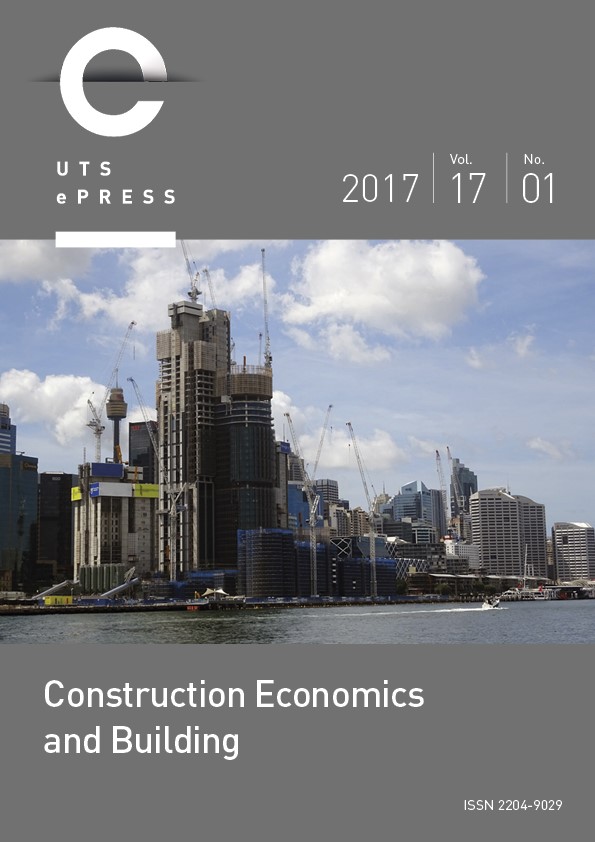Insights into Architects’ Future Roles in Off-Site Construction
Main Article Content
Abstract
Today’s construction industry is overflowing with new ideas about its future. Off-Site Manufacture and Construction (OSCM) is at the heart of the modern construction industry. Much has been written about the state and context of OSCM in different countries regarding its perceived benefits and barriers to implementation. Off-site production (OSP) plays an important role in improving fragmented construction processes. Although most OSP research targets the attitudes and practices of OSP adoption, there is limited understanding of the philosophical issues underpinning OSP-related architecture. The roles of the architects’ personal philosophies are neglected and this hampers their implementation of OSCM (which has had a largely technical focus). This paper explores the traditional thinking patterns of architects in China and predicts possible future roles for them. It then conceptualizes an “architectural work” mode and a “building product” mode of design and construction and identifies the shortcomings of architects in an OSCM environment. The arguments made are based on practitioners’ perceptions and the first author’s practical experiences of leading several real-life projects in recent years. The findings reveal the implications and significance of the transformation from an “architectural work” mode to a “building product” mode. We foresee a study approach that focuses on the order and rules for OSCM, resulting in architects’ existing mindsets being changed to thinking patterns and design methodologies better suited to OSCM.
Article Details
Section
Authors who publish with this journal agree to the following terms:
a) Authors retain copyright and grant the journal right of first publication with the work simultaneously licensed under a Creative Commons Attribution License that allows others to share and adapt the work with an acknowledgement of the work's authorship and initial publication in this journal.
b) Authors are able to enter into separate, additional contractual arrangements for the non-exclusive distribution of the journal's published version of the work (e.g., post it to an institutional repository or publish it in a book), with an acknowledgement of its initial publication in this journal.
c) Authors are permitted and encouraged to post their work online (e.g., in institutional repositories or on their website) prior to and during the submission process, as it can lead to productive exchanges, as well as earlier and greater citation of published work (See The Open Access Citation Advantage Service). Where authors include such a work in an institutional repository or on their website (ie. a copy of a work which has been published in a UTS ePRESS journal, or a pre-print or post-print version of that work), we request that they include a statement that acknowledges the UTS ePRESS publication including the name of the journal, the volume number and a web-link to the journal item.
d) Authors should be aware that the Creative Commons Attribution (CC-BY) License permits readers to share (copy and redistribute the work in any medium or format) and adapt (remix, transform, and build upon the work) for any purpose, even commercially, provided they also give appropriate credit to the work, provide a link to the license, and indicate if changes were made. They may do these things in any reasonable manner, but not in any way that suggests you or your publisher endorses their use.
